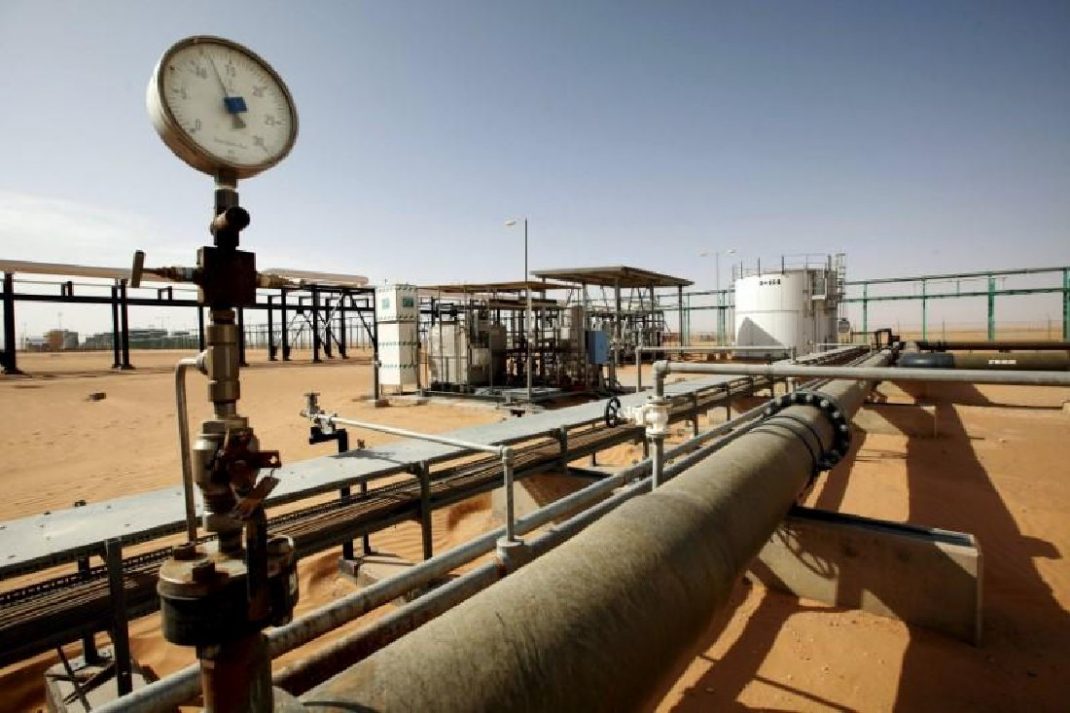By Aidan Lewis
Two of Libya’s largest oilfields with combined production of nearly 400,000 barrels per day (bpd) have suffered shutdowns in quick succession, casting fresh doubt on a partial recovery in the OPEC member’s oil output.
Libya’s national output has been sustained at about one million bpd for months, and most recent closures have been quickly resolved. A shutdown that began on Sunday at El Sharara, Libya’s biggest field, lasted less than 24 hours.
But the latest disruptions – caused by guards at El Feel field complaining about pay and benefits, and by a property owner who said he wanted rubbish cleared from his land – highlight continuing risks to output in a country without centralized security forces or political control.
WHAT IS LIBYA’S POTENTIAL?
Libya has the largest proven reserves of oil in Africa, and has been a key supplier of light, sweet crude to Europe.
Around 1970 it produced more than 3 million bpd, and before the NATO-backed uprising in which Muammar Gaddafi was toppled and killed seven years ago, it was pumping more than 1.6 million bpd.
Last year the state-owned National Oil Corporation (NOC) outlined plans that would raise production to 2.2 million bpd by 2023, but said this would need around $18 billion of investment.
Foreign oil companies including Italy’s Eni (ENI.MI), Total (TOTF.PA) of France and U.S. firms ConocoPhillips (COP.N) and Hess (HES.N) have production stakes through joint ventures with the NOC.
WHY DID OUTPUT DROP AFTER 2011?
Since Libya’s 2011 uprising, power in the sparsely populated nation has fragmented and local groups have used oil facilities as bargaining chips to press financial and political demands.
Armed factions across the country have cut off production at key fields and ports, including a long blockade of terminals in Libya’s eastern oil crescent from 2014-2016. Prolonged and haphazard shutdowns have reduced pressure at oil wells.
As Libya’s revenue fell due to production disruptions and lower oil prices, demands for salaries, local development and jobs that feed into blockades became more widespread.
Islamic State militants attacked oilfields and ports in 2015-2016 before being driven back by local forces. Their destruction of storage tanks at two of Libya’s biggest terminals, Es Sider and Ras Lanuf, has yet to be repaired. Fields including Mabruk and Ghani remain closed.
After disputed elections in 2014 led to rival governments being set up in Tripoli and the east, eastern-based factions tried to sell oil independently. They failed, but the split added to uncertainty in Libya’s oil sector.
WHAT ARE THE CURRENT RISKS?
The causes of recent shutdowns include economic protests by guards, armed groups pushing for the release of jailed members, and apparent political maneuvering in the east.
Sometimes shutdowns are triggered in remote fields or at terminals, sometimes by people with access to gearboxes that control pipeline valves. Production at the key Sharara field has repeatedly been cut on the long pipeline leading to the coast by groups near Zintan, a western town that became militarily powerful in the 2011 uprising.
The internationally recognized Government of National Accord (GNA) in Tripoli, which lacks authority over armed groups even in the capital, often has little means of ending blockades.
Oil installations are meant to be protected by the Petroleum Facilities Guards (PFG). But as with other parts of Libya’s security forces, their official status is effectively self-declared and their actions are governed by local interests rather than any central authority.
Even as longer blockades ended from mid-2016, financial constraints have been an underlying drag on Libya’s production rebound. The NOC has had rocky relations with the GNA, and has complained repeatedly that budget allocations have been held up. The GNA says its own resources are limited.
A bigger political risk also looms. Factions in the east, where most of Libya’s oil wealth is located, are opposed to the GNA and say it has not disbursed sufficient oil income to eastern regions. Some eastern hardliners have threatened to cut oil production although for now the eastern-based Libyan National Army (LNA), which has good relations with the NOC in Tripoli, has kept fields and ports open.
Security is still volatile. In December an explosion at a pipeline in eastern Libya caused an outage of up to 100,000 bpd, though it was quickly repaired. International companies are working offshore but still have a limited presence onshore, keeping exploration and development programs mostly on hold.
WHAT ABOUT OPEC?
Along with Nigeria, Libya has been exempted from OPEC-led production cuts that seek to bolster crude prices and have been extended until the end of 2018.
Despite speculation that the two troubled nations would be pressured into joining the output-curbing deal, both have signaled their intention to raise production.
Editing by David Evans
____________




